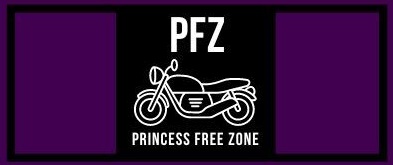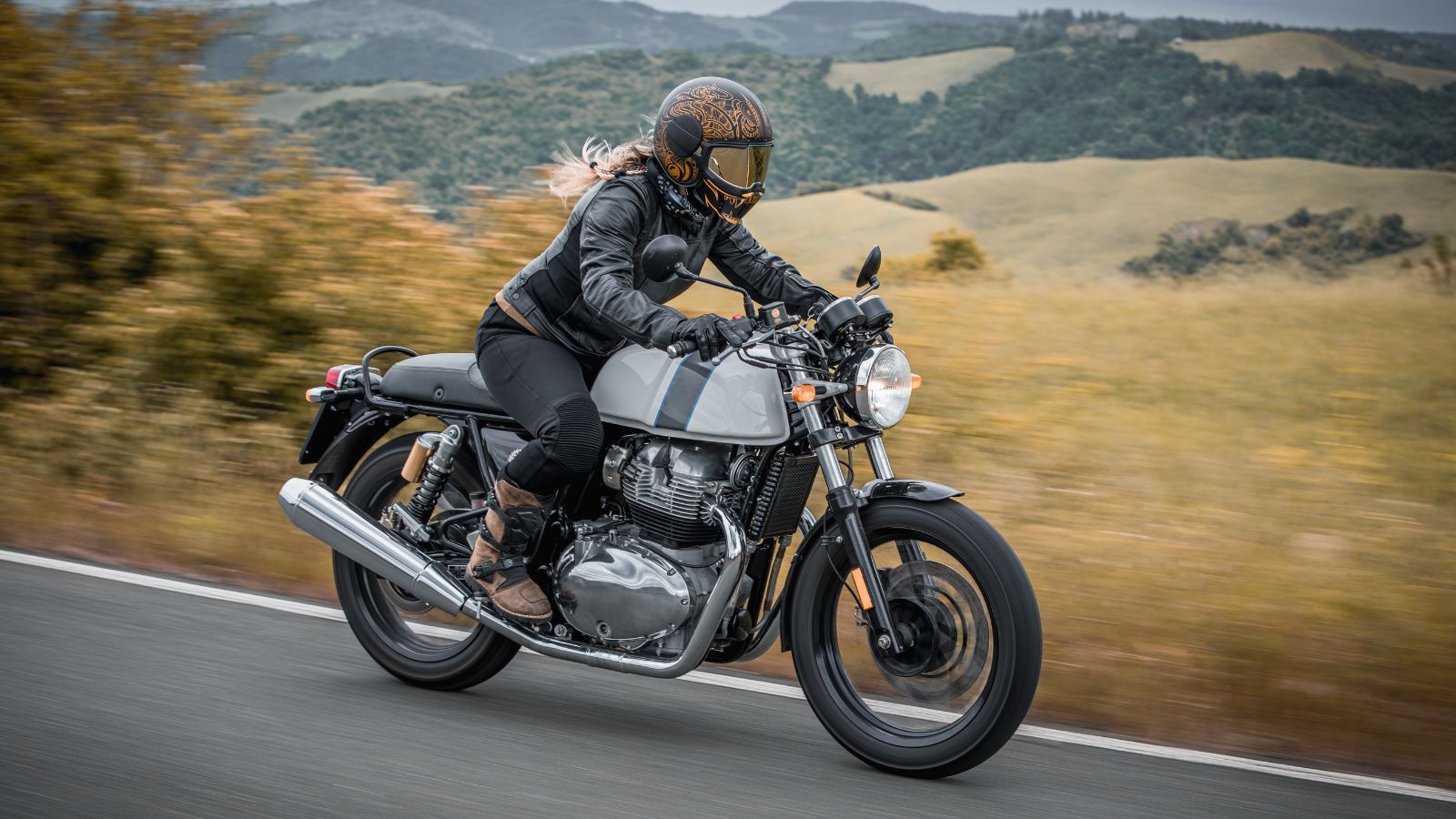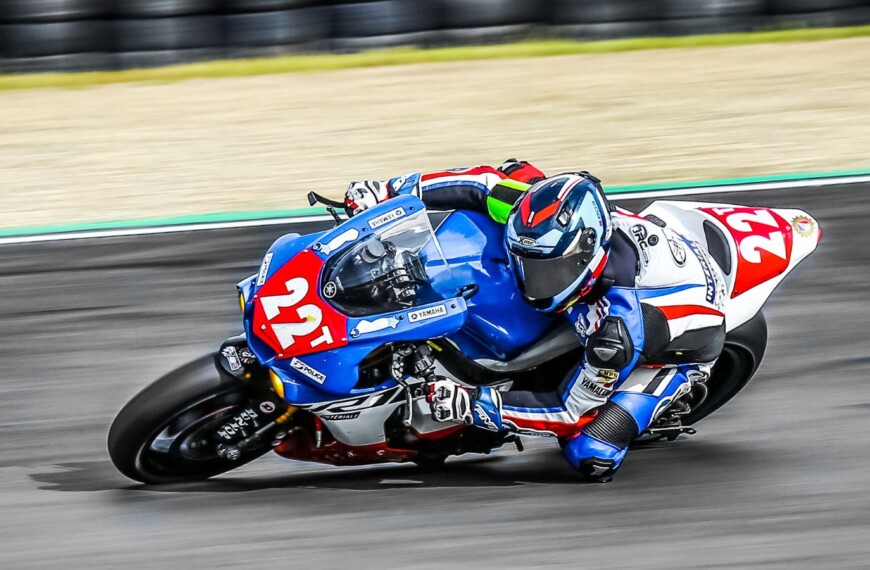Cornering on a motorcycle isn’t just about making a turn; it’s an art form that, when done correctly, can be both thrilling and safe. However, it’s also one of the skills that many motorcyclists find challenging and, if not executed well, can lead to accidents. Below are 12 tips for mastering the art of motorcycle cornering.
1. Understand the Basics of Countersteering
Countersteering is the technique of turning the handlebars in the opposite direction of the turn to initiate a lean. Pushing the right handlebar will make you go right, and pushing the left will make you go left. This technique becomes especially crucial at higher speeds.
2. Look Where You Want to Go
It sounds simple, but your bike will follow your eyes. Look through the turn, not just at the road immediately in front of you. This helps you gauge the entire turn and anticipate any potential issues.
3. Adjust Your Speed Before the Corner
You should slow down before entering a corner by downshifting and using your brakes as necessary. Trying to adjust your speed in the middle of a corner can unsettle the bike and compromise your control.
4. Use Proper Body Positioning
As you approach the corner, shift your weight to the inside of the turn. This improves the bike’s handling and allows for a smoother turn. Keep your knees gripping the tank and your inside elbow slightly bent.
5. Be Smooth with Throttle and Brakes
Smoothness is key when applying and releasing the throttle or brakes. Any abrupt changes can make the bike unstable, especially in mid-corner.
6. Keep the Bike in the Right Gear
Being in the correct gear before entering a turn ensures that you have enough power to accelerate out of the corner smoothly.
7. Lean with the Bike, Not Against It
Your body should lean at the same angle as the bike, creating a sense of unity. Leaning against the bike makes it difficult to steer properly and could lead to losing control.
8. Trail Braking for Advanced Riders
Trail braking involves continuing to brake as you enter a corner, gradually easing off as you lean into the turn. This technique can provide additional control but requires practice and skill.
9. Anticipate Changes in Road Conditions
Be vigilant for sand, wet spots, or gravel, particularly when cornering. These factors can significantly reduce your traction, making it difficult to maintain control.
10. Adjust for Different Types of Corners
Different corners require different approaches. Tight corners may require you to drop more speed, whereas long, sweeping corners may allow for a higher entry speed. Adapt your technique according to the specific corner.
11. Exit Wide, but Be Cautious
A wider exit gives you better vision and allows for a smoother acceleration out of the turn. However, be cautious not to drift into the oncoming lane or off the road.
12. Continuous Learning and Practice
Like any skill, cornering improves with consistent practice. Take advantage of empty parking lots or quiet roads to hone your technique. Consider attending advanced riding courses that focus on cornering and other essential skills.
Cornering is an integral part of the motorcycle riding experience. Mastering it will not only make your rides more enjoyable but also significantly safer. As with any skill, it’s essential to start slow, practice regularly, and never stop learning. Keep these tips in mind, and you’ll find that cornering becomes one of the most enjoyable aspects of riding.













